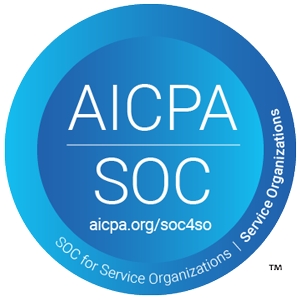
Idea Management for Customer Success Teams
Idea Management for Customer Success Teams

As a customer service representative or manager, handling customer feedback is core to your job. Every interaction with a customer is an opportunity to reflect your brand promise, and build a relationship that fosters retention, so it’s critical to the success of your organization. Customers can also be a valuable resource for input about your product or service, or the perception of the company itself.
The Value of Customer Feedback
Depending upon how your organization operates, you may talk to customers on the phone, via a chat box on your website, through Slack, social media, or a variety of other ways. With your mandate to focus on delighting the customer (the customer is always right as far as you’re concerned—even when they’re wrong), it’s logical to focus on responding to the immediate customer need and nothing beyond. However, by doing that you’ll miss out on a significant opportunity to collect customer feedback that can inform the way you run your business as well as evolve your products and services.
The importance of customer feedback early and often is shared by organizations around the world who adopt the Lean Methodology. Through a continuous feedback loop with customers, the Lean Method ensures products and services are aligned with their market. Simply put, the Lean Method is a methodology for ensuring that customer value is a top consideration at every step of the process. The efficacy of Lean, and its central tenet of continuous feedback from customers, is evident in its mass adoption by tech start ups the world over.
Creating Cross Functional Transparency
Have you ever received customer feedback and shared it with the product development, sales, or marketing team and never heard anything about it again? If the feedback seems to be going into a blackhole without any transparency as to whether it will ever be acted upon, it can put you in a difficult spot as you try to keep the customer updated and happy. Plus, it can strain these cross functional relationships. This is where idea management software can help by providing a centralized hub for storing, evaluating, and prioritizing that feedback in a transparent way so everyone can stay aligned. The teams receiving the input then have a reliable process for acting on that feedback, if they so choose, and you can keep your customer up to date on the status of their request.
Seeing the Forest Through the Trees
The different avenues for feedback will vary, and sometimes you can only see the need for action when viewing customer input in the aggregate. For example, multiple customer requests or online reviews about a particular product feature might be the catalyst for updating a FAQ, revising documentation or in-product labeling, prioritizing an enhancement, or all of these things. Ticketing systems will track customer interactions through your contact channels and can provide data, but often don’t account for other customer input mechanisms, such as social media comments and online reviews. Software that can collect customer input from multiple channels enables your organization to manage it holistically, harnessing the power of customer perspective. The idea management software can be integrated with many customer support tools, such as Zendesk, so that feedback captured in your existing system can be collected and aggregated with input from other sources, such as social listening.
Informing Your Strategic Direction
Once you’ve collected, evaluated, and prioritized the customer feedback, you’ll be in a position to look across the total input from multiple channels and evaluate what customers think of your product or service. That feedback can then be routed to relevant teams and individuals to get these opportunities onto their roadmaps. Each team can then make an informed decision about which inputs will have the biggest impact for customers. This creates a feedback loop between customers and your team based on what feedback has the most merit and needs to be prioritized. Because you’ll be able to identify the most valuable input, you’ll be better positioned to learn, adapt, and further delight your customers by making your organization truly responsive to what they say.
Read More:

